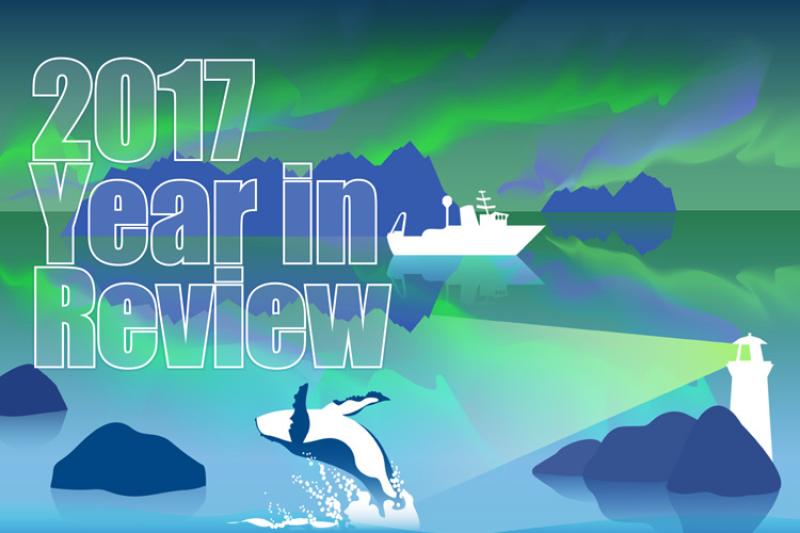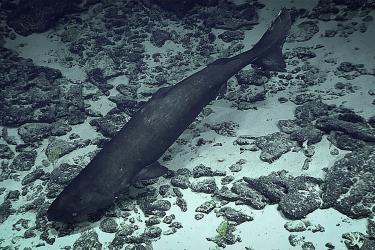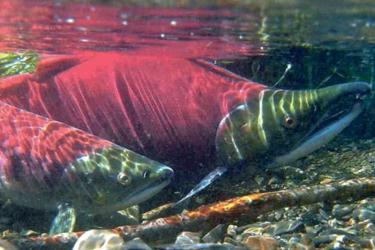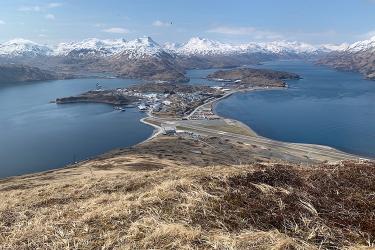Year in Review: Behind this Year’s Numbers
As 2017 draws to a close, I can’t help being impressed by what we have accomplished this year. The Alaska Fisheries Science Center is a premier research institution because of the talent and dedication of our people!
We had another successful field season. We conducted 24 fisheries and marine mammal research surveys and a variety of biological, ecological and socio-economic process and modeling studies to support 71 fish, crab and marine mammal stock assessments and advance ecosystem-based fisheries management in Alaska.
We designed and implemented new technologies that are helping us to more efficiently achieve our research mission. Through the development of innovative acoustic equipment, moored echosounders, and automated video camera systems we are improving the efficiency of our research surveys and may even be able to track fish migrations. Enhanced acoustic and optical survey methods may make it possible to explore untrawlable habitats in Alaska (ie, areas that are too rocky for survey trawls). We’re using environmental DNA and DNA sequencing software to learn more about species population structure, and infra-red spectroscopic techniques to more quickly and accurately determine the age of fish and to count marine mammals, which refines stock assessments and further improves the quality of the information we are providing to stakeholders.
Center staff are collaborating with the North Pacific Fishery Management Council and the Alaska Regional Office to develop a Fishery Ecosystem Plan for the Bering Sea. This year, we continued our research to implement the Southeastern Bering Sea Regional Action Plan for Climate Science, rolled out in 2016. These documents and the research generated through them will help fishermen, resource managers, and Alaska Native hunters and fishermen better plan for the future.
We’re keeping our stakeholders, the public and Congress informed about the work we’re doing and why we’re doing it. The Center’s commitment to outreach and education means we engage and share the latest science with fishermen and local communities so they can make informed business decisions. By also reaching out to U.S. students, we hope to inspire and give them an edge in future careers in engineering and science. Our efforts targeting K-12 and college students also create a valuable pipeline to build our future workforce.
Alaska fisheries are among the most well-managed fisheries in the world. We have the largest U.S. commercial fishery, worth an estimated $1.8 billion annually. Tourism (e.g., wildlife viewing) is another growing industry in Alaska. The work we do to monitor and collect data and information on marine mammal migrations is critical to ensuring that we meet our federal mandates under the U.S. Endangered Species Act and Marine Mammal Protection Act to rebuild and protect these species, ensure sustainable subsistence resources to Alaska Natives, and promote responsible development to support a healthy Alaska and U.S. economy!
Our research provides the foundation for sustainable marine resource management to ensure strong and profitable fisheries and businesses, ample jobs and a stable food supply for local communities and the Nation.
Thank you again for another great year!
Douglas DeMaster




